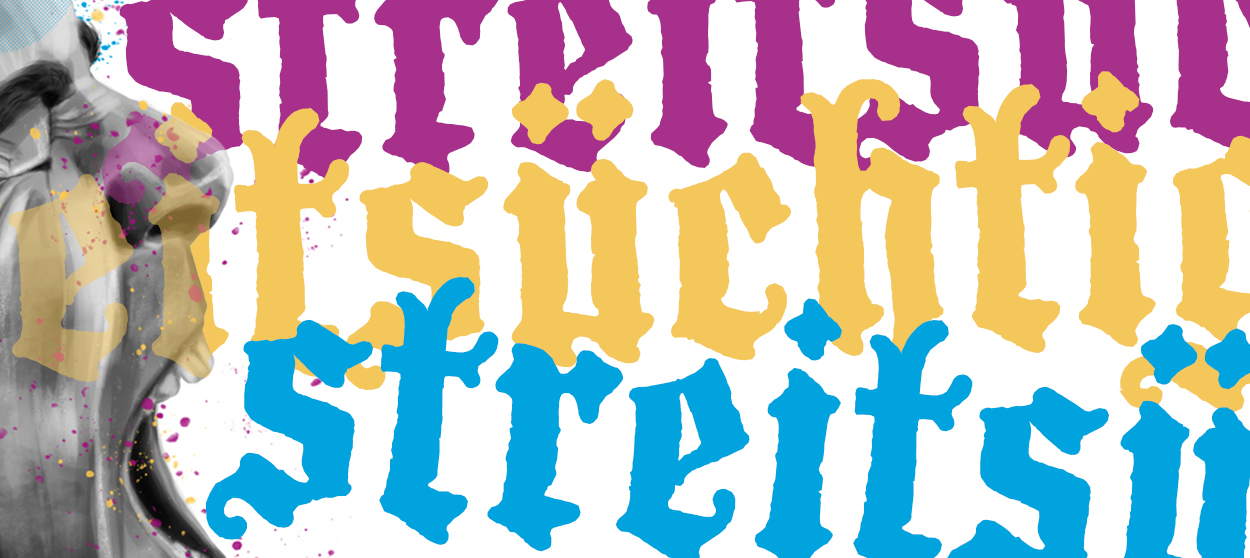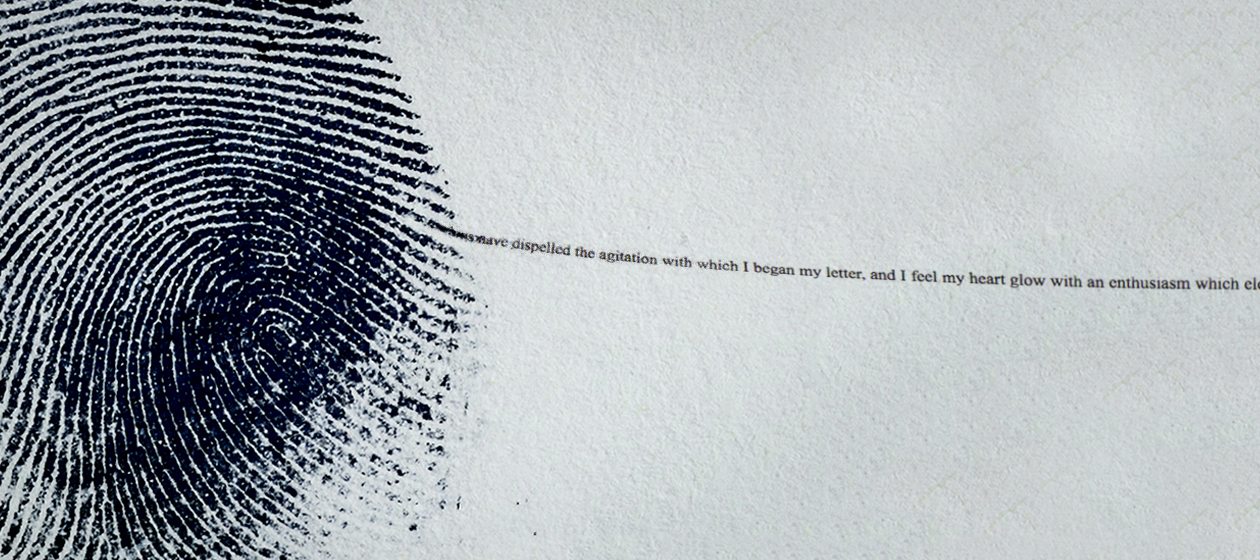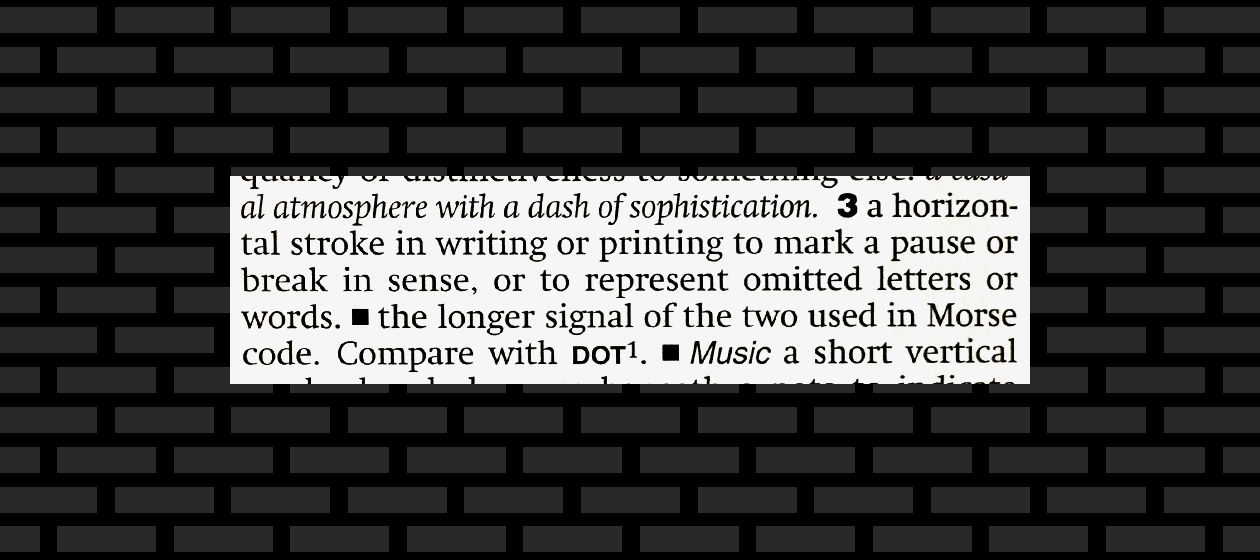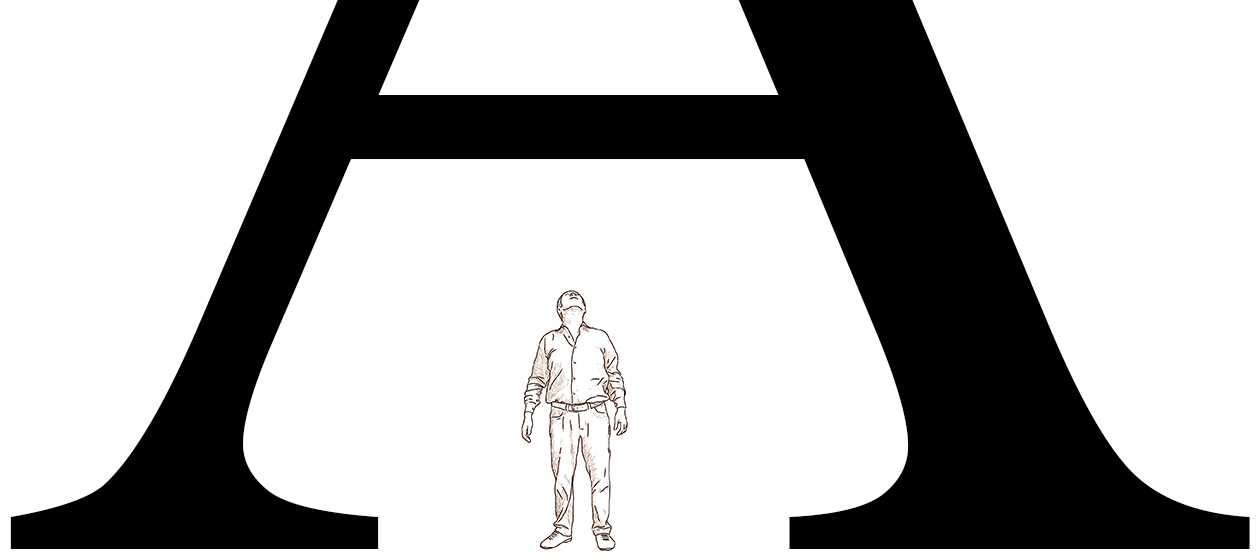Why pain is expressed differently in different languages
Pain is universal. Its expression is not.


Bang! "Ow!"
You probably have some idea of what just happened there. A collision or explosion of some kind, or perhaps a gunshot. Then someone voicing sharp pain, but probably not excruciating or fatal.
Now consider this: If we were speaking a language other than English, how would that sound?
The Week
Escape your echo chamber. Get the facts behind the news, plus analysis from multiple perspectives.

Sign up for The Week's Free Newsletters
From our morning news briefing to a weekly Good News Newsletter, get the best of The Week delivered directly to your inbox.
From our morning news briefing to a weekly Good News Newsletter, get the best of The Week delivered directly to your inbox.
The loud noise would be the same loud noise. But even if the noise was identical, the word used to represent the noise would not be the same everywhere.
We know what kind of noise "Bang!" represents: one with a sharp onset and some short reverb that often leaves a briefly lingering effect on the ears. It's made by a normal-sized thing, smaller or less hollow than "Boom!" but bigger and not as hard as "Ping!" You might expect similarity in representation from language to language, with differences due only to the sound systems of the different languages.
And that's generally what we get, although in many languages the standard word leans toward the "boom" side. Is it that bigger or hollower objects are generally involved in loud sounds, or just different cultural expectations? It varies.
In a few languages, it's at least nearly the same as in English — Dutch has pang and boem (pronounced "boom"), Danish has bang and bum (said "boom," as in other languages too), German has peng and bum, Italian has bang, bum, and pum, Spanish has bang and pum, Swedish has pang, bang, and bom, Vietnamese has pằng, and Mandarin has pēng (which sounds like English "pung"). Quite a few other languages have a "boom" word but no "bang" equivalent. In some languages, such as some from southern India, a "d" sound is used in place of the "b," but the rest is still a low or back vowel followed by a "m" or "ng" sound.
A free daily email with the biggest news stories of the day – and the best features from TheWeek.com
So: bang, boom, pum, pang… Not identical, but not very different. If you saw any of them, you'd probably get the idea.
But how about what the person who screams after getting hurt? That's not an imitation of a sound. It is the sound. Is there any reason that people everywhere would make the same sound when in the same kind of pain? On the other hand, is there any reason they wouldn't?
Try this: Rap some part of your body against something hard, or get someone else to rap something hard against you. Your brows and eyes are sure to wince. But watch what your mouth does. The upper lip very likely tenses, and the corners of the mouth probably pull back. If it's enough pain to cause a vocalization, the jaw probably tenses up and opens up, because the automatic shock response is a loud scream, which involves opening the mouth wide. We do this quite readily as infants, and we don't altogether unlearn it later in life.
But what next? Well, it depends on the kind of pain. If it's bad and continuing, you'll probably scream, "Aaaaahhh!" But if the cause of the pain has stopped and you're just feeling the aftereffects, you might find your mouth tending to close down while still remaining tense. So in English, for instance, we say "Ow!" or "Ouch!"
This general thing is what happens in most languages. The sound starts with a wide-open back vowel — which could be unrounded (a) or rounded (o), depending on the expectations in the culture and language. After that, it closes down. But there are a few different ways it can close down.
The most common way is into an "ee" sound: Many languages around the world express this kind of pain reaction with an "ai" or "oi" sound, the jaw closing, the tongue pressing up and forward as the corners of the mouth pull back. (Some add a bit more: Mandarin's famous cry of distress is "āiyā!")
But there is another way, what we do in English: The mouth can close down with the tongue high at the back and the lips rounded to a pucker: "ow" (spelled in many languages as au). This sound shows up in many other languages – Dutch, German, Latvian, Portuguese, and others have a word spelled au that sounds like our "ow." (German also has an aua that opens back up.) Some of them also have an "ai" word.
Sometimes the tongue touches. In languages such as Bulgarian, Greek, and Farsi, you can make an "akh" or "okh" sound, with the tongue close at the back. And in languages such as English, German, Polish, and Slovenian, you have the option of making an "ouch" noise (spelled differently according to the language: autsch, auć, auč); in Finnish, it's almost the same — auts. This is never the only option, but it's there, in case you want to put the cherry on top.
But does that seem natural? We may say "Ouch!" without thinking of it, but a baby never would. We learned that somewhere. Actually, English seems to have borrowed it from German just about two centuries ago — most likely starting with German-speaking people in Pennsylvania. And where did it come from in German? Good question. An added bit of jaw-clenching, perhaps.
But it's also a learned thing to say "Ow!" rather than "Oy!" or "Ay!" If it were natural and automatic, everyone would make the same sound. Languages tend to pick something, and we learn that that's the noise you make — and we make it.
So remember this: Your pain response may be automatic, but it's immediately filtered through your language before you even finish saying it. Learned language is quick and pervasive. We even scream with our own accents.
Here, then, is a quick run-down of that same occurrence in some other languages:
Mandarin Chinese: Pēng! "Āiyā!"
Dutch: Pang! "Au!"
German: Peng! "Aua!"
Spanish: ¡Bang! "¡Ay!"
French: Boum! "Aïe!"
Italian: Bang! "Ahi!"
Portuguese: Bam! "Ai!"
Greek: Bum! "Okh!"
Russian: Bum! "Oi!"
James Harbeck is a professional word taster and sentence sommelier (an editor trained in linguistics). He is the author of the blog Sesquiotica and the book Songs of Love and Grammar.
-
 5 prize-winning cartoons about Donald Trump's appetite for awards
5 prize-winning cartoons about Donald Trump's appetite for awardsCartoons Artists take on operatic ambitions, peace prize pacifiers, and more
-
 Will Trump’s $12 billion bailout solve the farm crisis?
Will Trump’s $12 billion bailout solve the farm crisis?Today’s Big Question Agriculture sector says it wants trade, not aid
-
 ‘City leaders must recognize its residents as part of its lifeblood’
‘City leaders must recognize its residents as part of its lifeblood’Instant Opinion Opinion, comment and editorials of the day
-
 In the future, will the English language be full of accented characters?
In the future, will the English language be full of accented characters?The Explainer They may look funny, but they're probably here to stay
-
 10 signature foods with borrowed names
10 signature foods with borrowed namesThe Explainer Tempura, tajine, tzatziki, and other dishes whose names aren't from the cultures that made them famous
-
 There's a perfect German word for America's perpetually enraged culture
There's a perfect German word for America's perpetually enraged cultureThe Explainer We've become addicted to conflict, and it's only getting worse
-
 The death of sacred speech
The death of sacred speechThe Explainer Sacred words and moral terms are vanishing in the English-speaking world. Here’s why it matters.
-
 The delicate art of using linguistics to identify an anonymous author
The delicate art of using linguistics to identify an anonymous authorThe Explainer The words we choose — and how we use them — can be powerful clues
-
 Dashes and hyphens: A comprehensive guide
Dashes and hyphens: A comprehensive guideThe Explainer Everything you wanted to know about dashes but were afraid to ask
-
 A brief history of Canadian-American relations
A brief history of Canadian-American relationsThe Explainer President Trump has opened a rift with one of America's closest allies. But things have been worse.
-
 The new rules of CaPiTaLiZaTiOn
The new rules of CaPiTaLiZaTiOnThe Explainer The rules for capitalizing letters are totally arbitrary. So I wrote new rules.
